
What Is a Pest Control Repeller?
A pest repeller (sometimes called a pest repellent) is a substance or device designed to keep pests away from you, your home or your yard. They are not the same as pesticides, which kill the irritating critter; repellers simply encourage them to find another location.
There are various types of repellers, employing techniques ranging from processed chemicals to distilled herbs or even ultrasonic vibrations. To find the best choice for you, consider how they function and what kind of pest you’re trying to deter.

Spray Pest Repeller
For a classic bug repellent, look for a bug spray that contains DEET. It immediately establishes a serious anti-mosquito and tick barrier, it’s affordable, and in recent years the smell has greatly improved!
The American Mosquito Control Association says DEET “remains the standard by which all other repellents are judged.” It’s been on the market for more than 60 years, and it’s still the go-to flying pest repellent.
For a serious dose of personal pest deterrence, we recommend you check out this Repel spray, with 40 percent DEET.
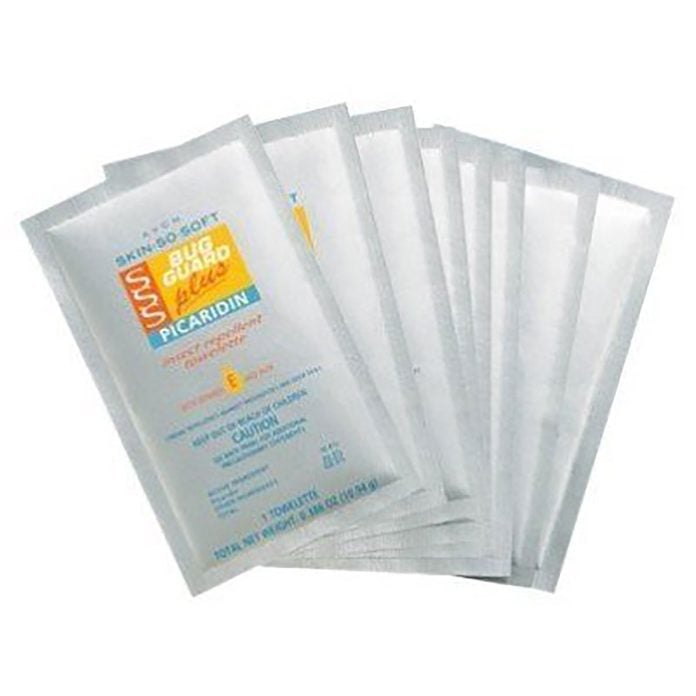
Child-Friendly Pest Repeller
Although DEET is extremely effective, it should be used in moderation around children. Picaridin is a popular alternative recommended by the Centers for Disease Control and Prevention (CDC) since 2005. Developed by Bayer Corporation, these milder pest repellents are safe for children and infants older than two months.
These picaridin-based wipes from Avon are a great choice for adults and children, and easy to keep on hand in a purse or travel bag.
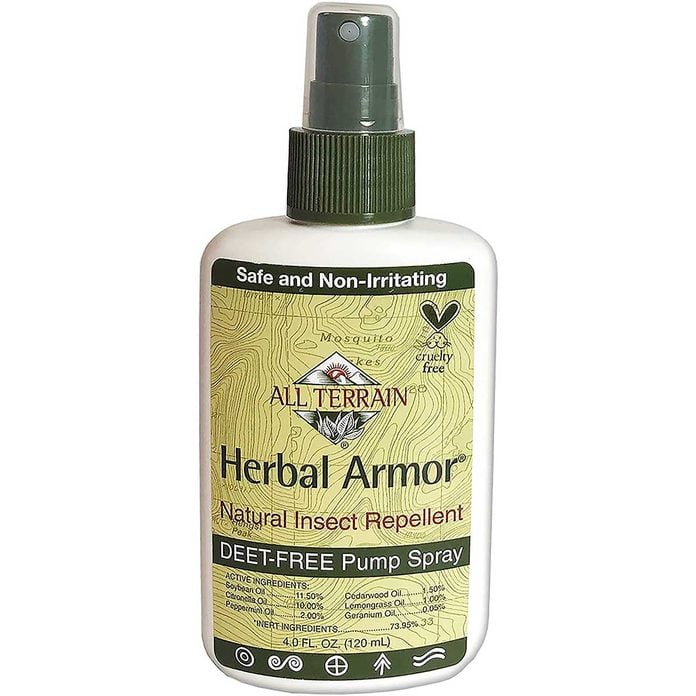
Natural Pest Repeller
If you want fewer pests without slathering on chemicals, then it’s worth checking out a natural option like lemon-eucalyptus or peppermint. These are often great choices for kids past toddler age, and adults concerned about the environmental fallout of products that contain DEET.
A great example is the All Terrain Herbal Armor line of products, made with essential oils like soybean, peppermint and lemongrass. If you’re looking for a household pest solution, the same approach can be used to deter rodents.

Pest-Repelling Plants
Nature’s own pest repellers, flowers and plants drive away unwanted animals to protect themselves. Plants like chrysanthemums can keep away everything from silverfish to cockroaches, and are classic choices for gardeners everywhere.
A hardy herb like mint is a great choice for a starter garden, and a low-maintenance way to keep away various insects and rodents.
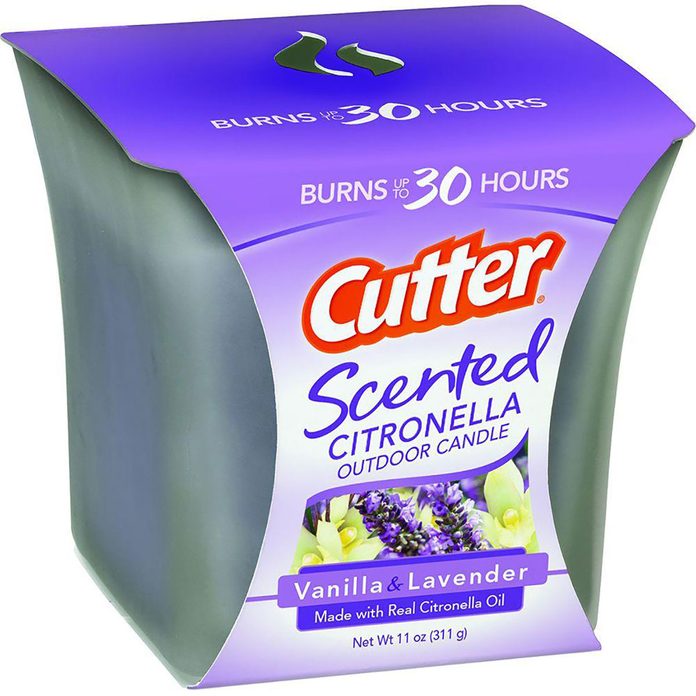
Candle Pest Repeller
Citronella candles are intended to keep away spring and summertime pests such as mosquitoes. Although not as effective as repellers placed directly on the body, they do have the advantage of protecting an area rather than individuals. (Note: They won’t be effective in strong winds that dissipate the fumes.)
Cutter is a well-regarded brand of pest repellent. Their scented citronella candles feature bug-repellent power with a much milder scent, such as vanilla-lavender.
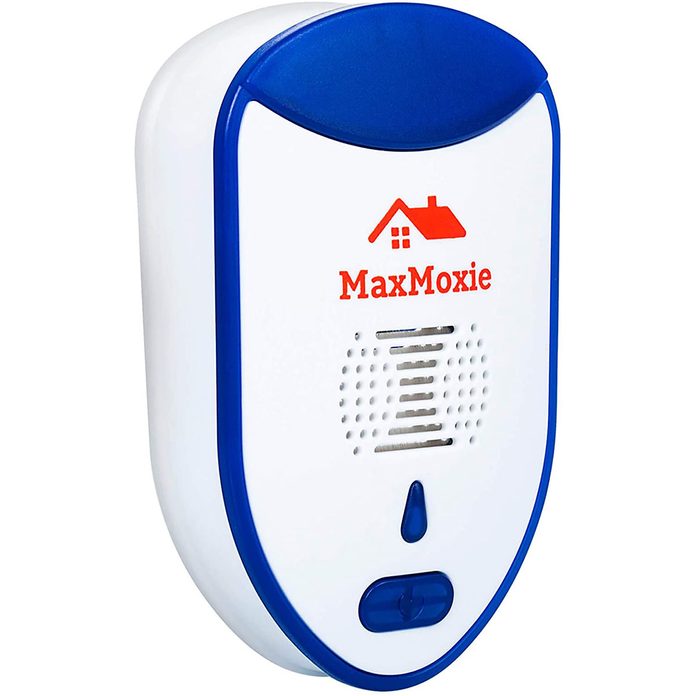
Electronic or Ultrasonic Pest Repeller
Ultrasonic pest repellers emit a sound inaudible to humans that many insects and rodents find maddening. Two problems: The exact volume and pitch varies by manufacturer, and not all animals respond in the same way. So many ultrasonic pest repellents simply fail to deliver.
Because they’re cheap to produce, the industry is flooded with low-quality knock-offs that generate class-action lawsuits, Federal Trade Commission (FTC) fines and videos of mice making nests around the same devices intended to drive them away. A Kansas State University study found most ultrasonic devices had no effect on pests, and the ones that did work affected various species in different ways.
If you do opt for an electronic or ultrasonic repeller, look for an Environmental Protection Agency (EPA) certified model that has good reviews and a generous return policy. The EPA-certified Maxmoxie Pest Repeller rates 3.5 stars (out of 5.0) on Amazon and claims to be 100 percent pet safe. That’s a good starting point.
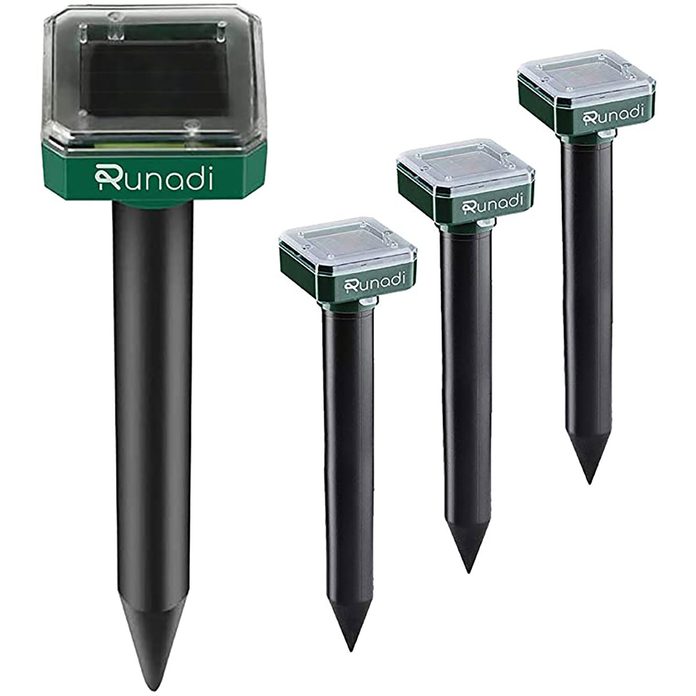
Ground Stake Repeller
One type of ultrasonic pest repeller that’s a bit different from the rest is the ground stake repeller. Instead of broadcasting through the air, these pest repellers create vibration in the ground, directed at burrowing animals such as snakes and moles. Confused by the vibration and fearing a potential predator, the pests may leave the area.
To be effective, multiple stakes need to be spaced to create a network of sound. So if you’re going to try out these repellers, it’s worth looking at kits, like these highly rated solar-powered pest repellents from Runadi.